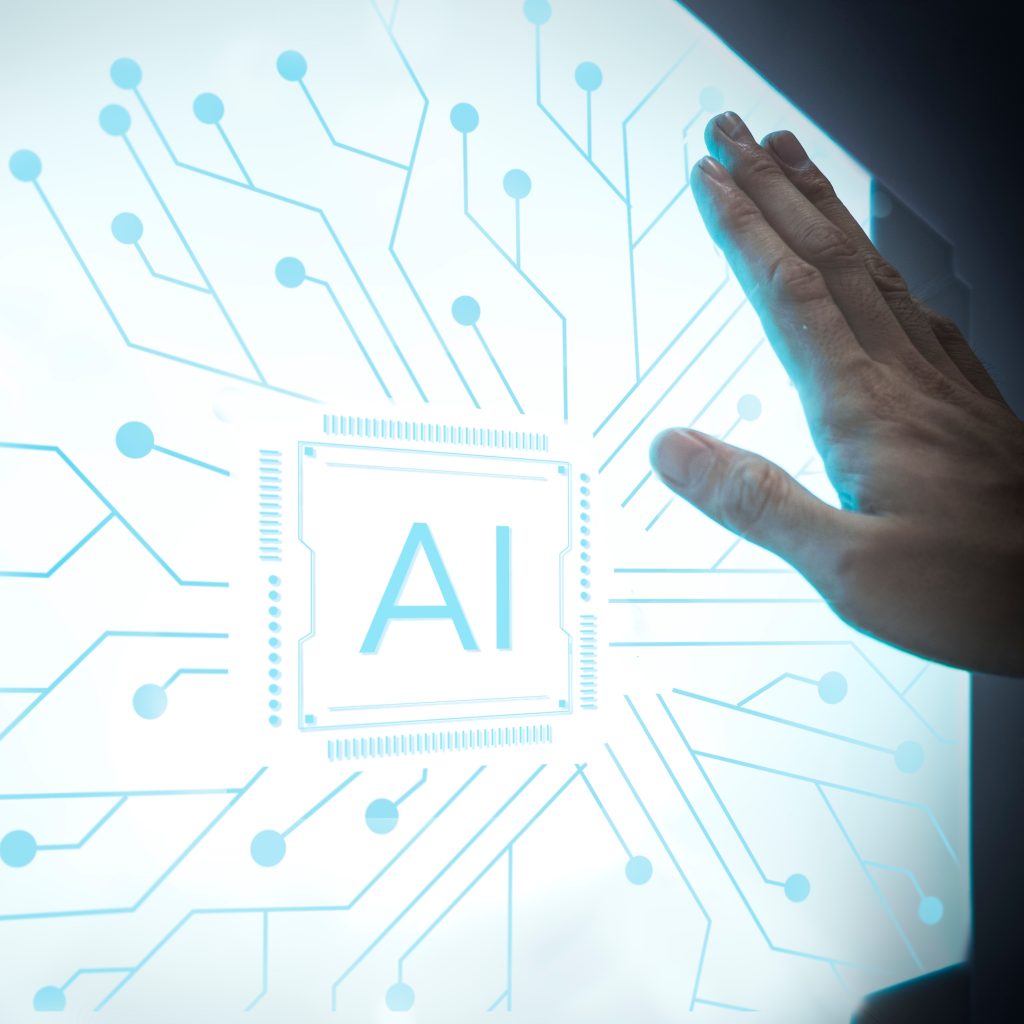The Dark Side of AI: Ethical Dilemmas We Can’t Ignore
Explore how Artificial Intelligence is reshaping the workplace and learn what employees need to thrive in this transformative era.

Artificial Intelligence (AI) is not just a buzzword; it’s a transformative force reshaping industries and redefining how work gets done. From automating repetitive tasks to providing data-driven insights, AI is creating new opportunities while challenging employees to adapt. To thrive in the AI-driven workplace, employees must understand how AI impacts their roles and learn the skills necessary to stay relevant.
This article explores the key aspects of AI’s impact on the workplace, the opportunities it creates, and the steps employees can take to future-proof their careers in this evolving landscape.
AI is automating routine tasks across industries, from data entry and customer support to supply chain management. While this improves efficiency, it also shifts the focus of many roles toward higher-value activities such as strategic thinking, creativity, and problem-solving.
For employees, this means adapting to roles that require unique human skills—empathy, critical thinking, and adaptability—while collaborating with AI tools to maximize productivity.
AI is not just replacing tasks; it’s creating entirely new job categories. Roles such as AI trainers, data annotators, and algorithm explainability specialists are emerging as organizations seek to integrate AI responsibly. Additionally, fields like AI ethics and AI policy are gaining prominence as companies navigate the complexities of deploying AI.
Employees who upskill in AI-related fields or focus on areas where human judgment is irreplaceable will find abundant opportunities in this evolving job market.
AI is a tool, not a replacement for human intelligence. Employees who learn to work alongside AI tools—whether for data analysis, customer interaction, or decision support—will gain a competitive edge. For instance, AI-driven CRM systems enhance sales teams by providing actionable insights, while design tools like Adobe Sensei streamline creative workflows.
Embracing AI as a collaborative partner allows employees to amplify their capabilities and focus on innovation.
Continuous learning is essential in the age of AI. Employees should invest in developing technical skills like data literacy, coding, and machine learning fundamentals. Equally important are soft skills such as communication, teamwork, and adaptability, which remain critical in AI-enhanced workplaces.
Platforms like Coursera, LinkedIn Learning, and edX offer courses tailored to equip employees with the knowledge they need to succeed in an AI-driven world.
As AI becomes more prevalent, ethical considerations such as data privacy, algorithmic bias, and transparency are increasingly important. Employees should understand these issues to advocate for responsible AI use within their organizations. Roles in AI ethics and governance are growing, offering opportunities for those passionate about shaping the future of technology.
By promoting ethical AI practices, employees can contribute to creating a fair and inclusive workplace.
The AI revolution is not a distant future; it’s happening now. To thrive, employees must adopt a growth mindset, embrace change, and stay curious about emerging technologies. Building resilience and adaptability will be key as roles continue to evolve alongside AI advancements.
Organizations that invest in AI education and training for their workforce will not only stay competitive but also empower their employees to succeed.
The AI revolution is transforming the workplace, offering both challenges and opportunities for employees. By understanding the role of AI, embracing collaboration, and committing to lifelong learning, employees can position themselves for success in this dynamic environment.
As AI continues to evolve, its integration into the workplace will redefine how we work, think, and create value. The key to thriving in this future lies in adaptability, ethical awareness, and a willingness to learn and grow alongside these powerful technologies.
The world of Artificial Intelligence (AI) is witnessing significant shifts in 2024, with a sharp rise in the popularity of Generative AI, which has seen a 700% surge in interest, and the steady expansion of Applied AI across key industries like healthcare, finance, and customer service. This article dives into how these two AI domains are reshaping the tech landscape. Generative AI uses machine learning models like GPT-4 and DALL·E to create new content, ranging from text to images and videos. With a 700% rise in interest in 2024, generative AI is helping businesses automate creative processes, from content marketing to personalized media. This surge has been driven by the advancement of multimodal AI, which allows these models to handle a combination of inputs like text, audio, and video, leading to more dynamic content generation. Applied AI focuses on solving specific, real-world problems across industries like healthcare, finance, and customer service. In healthcare, AI-powered diagnostic tools are improving disease detection and personalizing treatment plans. The finance industry uses AI for real-time fraud detection and investment optimization, while AI chatbots are transforming customer service by providing instant and intelligent responses. Despite the rapid advancements, AI faces challenges such as data privacy concerns, ethical considerations, and the rising costs of cloud computing. Companies are navigating issues like intellectual property (IP) governance and the shortage of GPUs needed to run large models, prompting a shift towards smaller, more efficient AI models that can run on local devices. Looking ahead, the key trends shaping AI in 2024 include the development of smaller, more accessible models, the demand for explainable AI, and a focus on ethical AI practices. Businesses are increasingly adopting AI for hyper-personalization and using models tailored to specific data to improve operational efficiency and customer engagement. Generative AI and Applied AI are revolutionizing industries, driving innovation, and transforming how businesses operate. From creative content generation to solving real-world challenges, these AI technologies are paving the way for a more automated and efficient future. As AI continues to evolve, its potential applications across industries will expand, making it an essential tool in the modern world.Generative AI and Applied AI: The AI Revolution of 2024

Understanding Generative AI
Applied AI in Key Industries
Challenges in 2024
Future Trends in AI
Conclusion